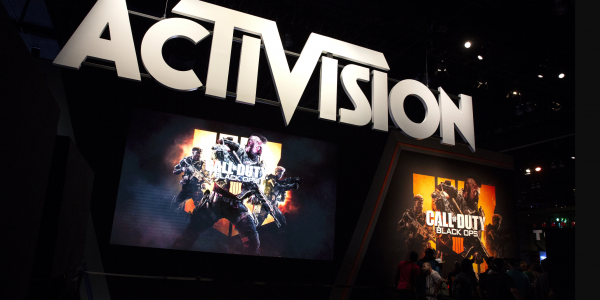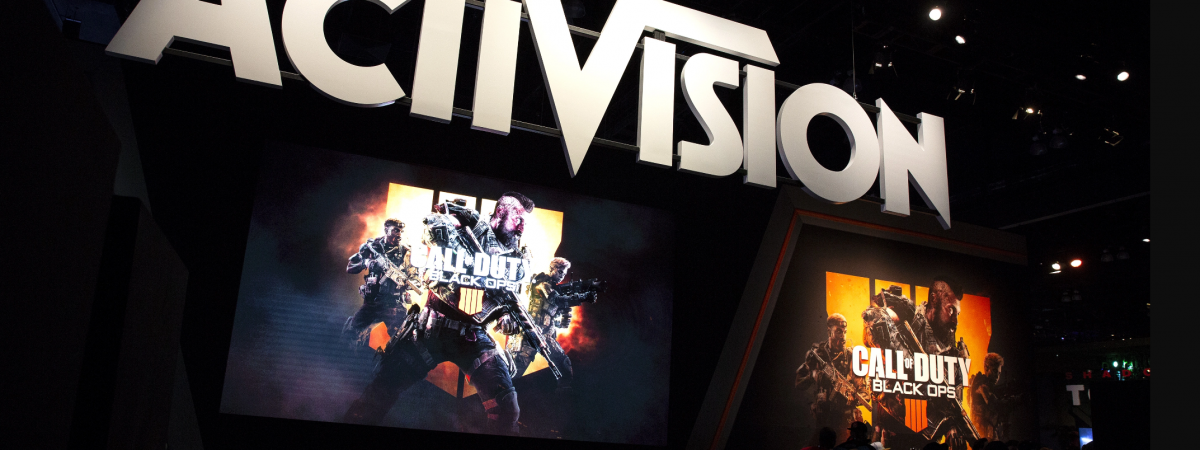Sony is protesting Microsoft’s bid for Activision Blizzard, makers of Call of Duty, for fears of exclusivity on Xbox, which Microsoft has said won’t be the case, though there are speculations that CoD could become free on Xbox, while players continue to pay on PlayStation—in a competitive disadvantage.
Evaluation of the bid by regulators in the US and EU continue, but the massive success of CoD evokes the question of the role of video games to addiction.
Interest, likeness and compulsion as shades of addiction are often easily described along the reward system or the pleasure center in the brain, skipping some of the steps in how it got there or gets known, before the experience of reward follows.
Video games involve multiple senses: vision, touch and auditory. Sensory inputs, according to brain science, gather at the thalamus, except for smell that gathers at the olfactory bulb. It is where they are processed or integrated before relay to the cerebral cortex.
These sensory input, processing and interpretation pathways move so fast and seamlessly that experience are available, but it is never that simple or direct.
Mostly, senses become known. Knowing is the key end of everything sensed. Knowing is the query for what to do with whatever is sensed.
If something is known in the normal way, the decision is different, if not, the decision is also different. It is how things are known that decides what feelings follow. Fear also happens because something known about the situation makes controlled or automatic relays that express that emotion, similar to delight, sadness, and so on.
Knowing can also be at the moment [what is recalled: by details breadth or sequential familiarity], or can also include experiences [what it means to be hot without heat or seeing someone in a situation and knowing what it feels like], without the experience, at that time.
There is a functional basis of memory that decides what experiences are in any instance. It is this architecture that builds what becomes pleasure or reward.
Pleasure could come by sequential breaks from a prior experience or divergent expectation. It could also come by matching expectation.
Disappointment or sadness could also follow the same pattern. It can be expected to get a point and it happens, then delight. It could be and it doesn’t, then sadness.
It may not be expected to get a point then it happens, delight. It may not be expected to miss a point, then it happens, so sadness.
There is a constant evaluation by memory of its inputs, deciding what becomes of mood. Memory is packages of stores.
There is the store of the experience with something, especially the one with wins or delights sometimes, such that it gets visits, or feel-like, or cravings to want it at other times when it is not there.
This is the major background of addiction, since wanting, delight and sadness are all prepped by memory.
Showing how memory makes determinations for situations is a path to progress for the future of gaming, which could be bundled with each product. The PlayStation and Xbox lead can offer more of how the brain makes the mind, or how cells and molecules of the brain construct thought and memory for experiences.
Thoughts become the version or representation or equivalent of what is external to the brain, after sensory processing. They go to memory locations stored in different forms, along with sequences, before the destinations for feelings, then reaction.
Addiction, to gaming, or others isn’t for reward or pleasure, but first of memory, and that display could define a new way to call back from the edge of risks or harm for many.




